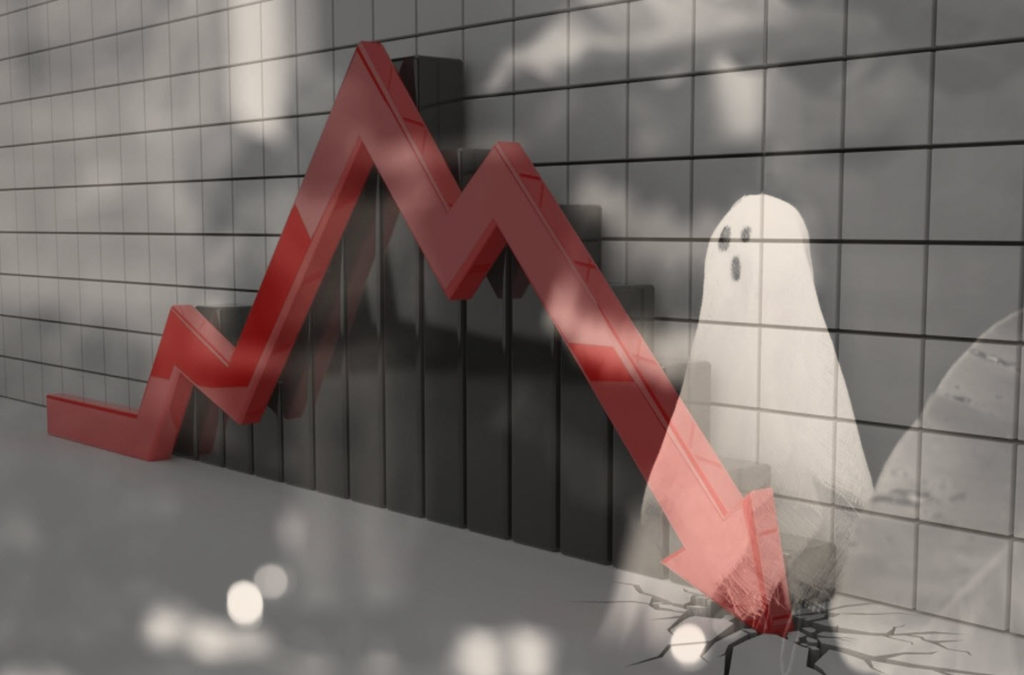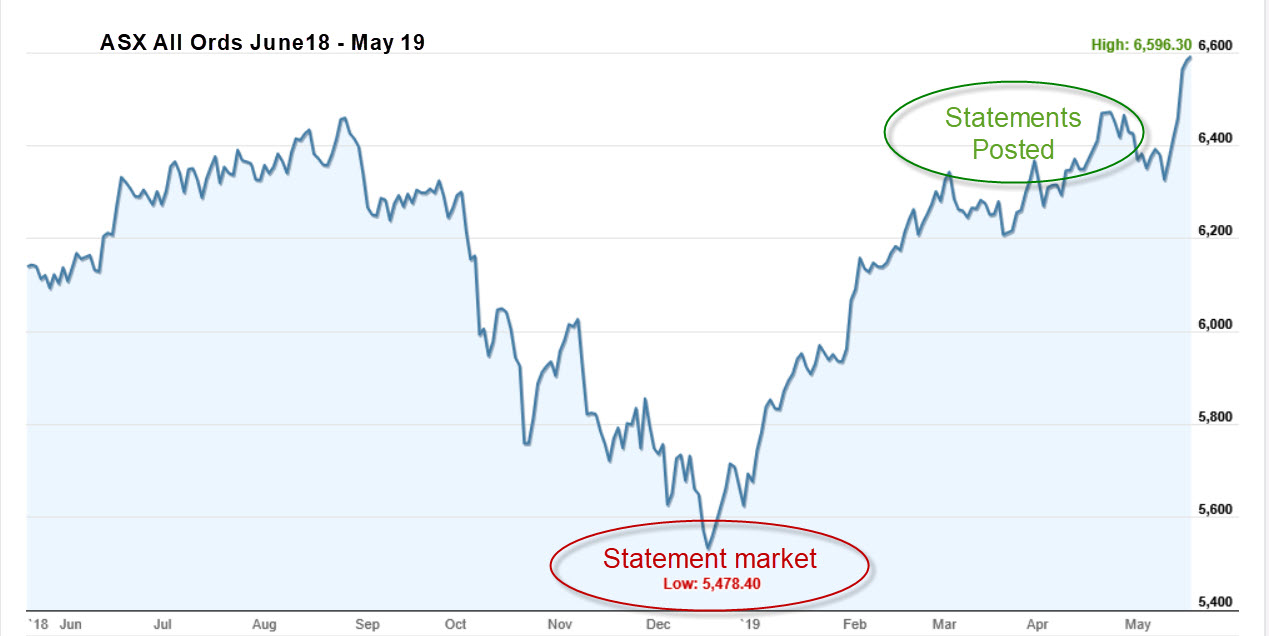One of the most important things for investors is mastering the ability to sit in their seat over the long term. Not reacting to markets when they don’t go the way they’d hoped and accepting that sometimes there will be bouts of frustration.
Historically our local market (ASX 300 Accumulation) has been positive in 63% of months since 1980, 72% of years are positive. In a diversified portfolio, the percentages look even better. While there are no guarantees, we all hope for the future to be similar. That’s what investors want and when investors get it, well, investors pocket it and pretty quickly mentally readjust.
When investors get the other 37% of months it can make their emotions flare. Especially if those months are clustered together. It’s not helped by the accompanying news media rubbing those declines in their faces, but media know that’s what captures everyone’s attention and attention keeps them in business.
Our suggestions are twofold. Understanding and accepting volatility. Knowing that as long as capitalism keeps working, markets should eventually forge new highs, distributions will keep getting paid and an investor’s long-term goals will remain achievable. The other suggestion is simply to tune out the news. An investment journey will keep happening in the background and the investor can keep living life. Periodic check-ins can allow us to focus on other things.
And that works, to a point. As we recently found out.
You might remember there was a correction late last year. The last quarter of 2018 was pretty much straight down for share markets. A 13% downhiller on the ASX, until abruptly turning around on Christmas Eve. The recovery has almost been a perfect V, but if you’d tuned out you would have missed both the horror of the downturn and the euphoria of the recovery.
The privilege of no emotions at all! Almost like it never happened. Nothing’s changed, right?
Not quite. Investment statements from platforms (the third-party custodians that hold our investments) are posted out on a half-yearly or quarterly basis, depending on your holding structure. Out they flew from the platforms in early April. Any investors who hadn’t been paying attention may have looked at their account balance with some confusion.
The timing of the statements captured almost the entire of the correction. And with that unhelpful timing, these investors were spooked by the ghosts of corrections past!
We didn’t get many phone calls querying what had happened. Less than you could count on one hand, but they were interesting, nonetheless. These investors hadn’t been paying attention and had been living life. They’d taken the tune out option and they’d been forced to tune back in at exactly the wrong moment. Albeit the moment they were now focused on had long passed.
The queries were benign, “my account balance is a bit less than I expected, I’m slightly confused?”
It was happily explained to them there had been a correction and it had ended during back when they were wrapping Christmas presents. Even better, the market had been in recovery mode ever since and their account balance was now more than expected.
Now it’s not ideal, but the emotional roller coaster these investors suffered was condensed from October to December into the short space of time between reading their investment statement and clarifying the issue with their adviser. Any mild pangs of terror have quickly swept away.
Experiencing a correction in hindsight like this is arguably the best way to experience a correction. An investor was essentially asleep for the whole event. Their discomfort was minor. They can then look back at a market chart, or in this case their portfolio balance, and quickly put the whole event in perspective. The market inevitably prices in any news it was struggling to digest and moves on.
What could they do at the moment? There was no warning of the drop, no warning of when the drop would end. Equally, there was warning the recovery would quickly erase the losses. As we said last year when first writing about this ‘low check-in’ strategy:
Things don’t change just because they’re given more attention. With an investment portfolio in place, someone’s future financial destination will always be the same, whether they check that portfolio monthly or every second year.
Sometimes the measuring sticks we get are arbitrary dates, but rarely does anyone start or stop investing in alignment with the beginning or end of a month, quarter or year.
It doesn’t mean don’t ever check in, but an investor has accepted capital markets are the primary driving forces of returns and they have a portfolio aligned with their current goals, there’s little else for them to do. There will always be an upset here and there.
When our goals change, that’s the time to react. Not when market ghosts spook us.
This represents general information only. Before making any financial or investment decisions, we recommend you consult a financial planner to take into account your personal investment objectives, financial situation, and individual needs. #investing #investments #retirement #retirement planning #smsf #wealth creation #martincossettini #bluediamondfinancial


